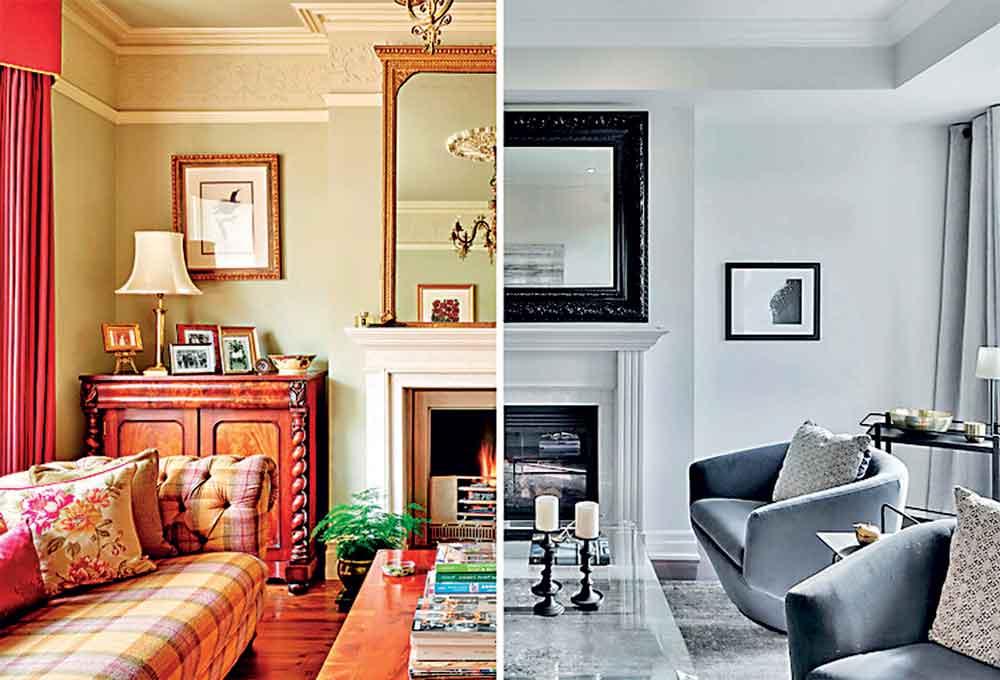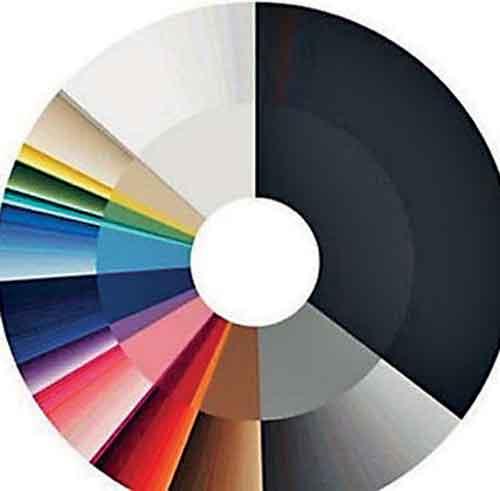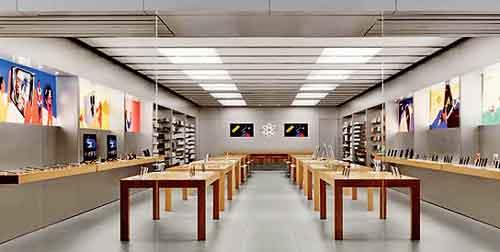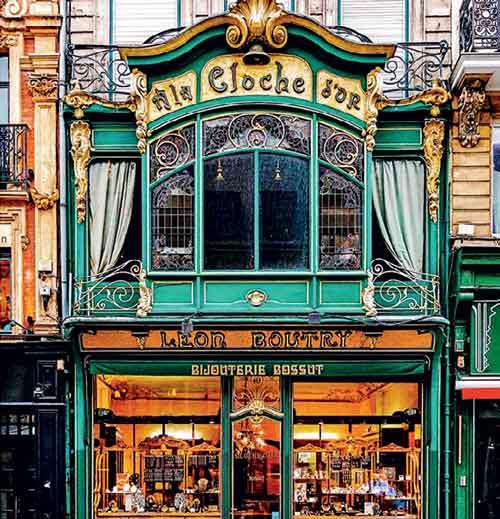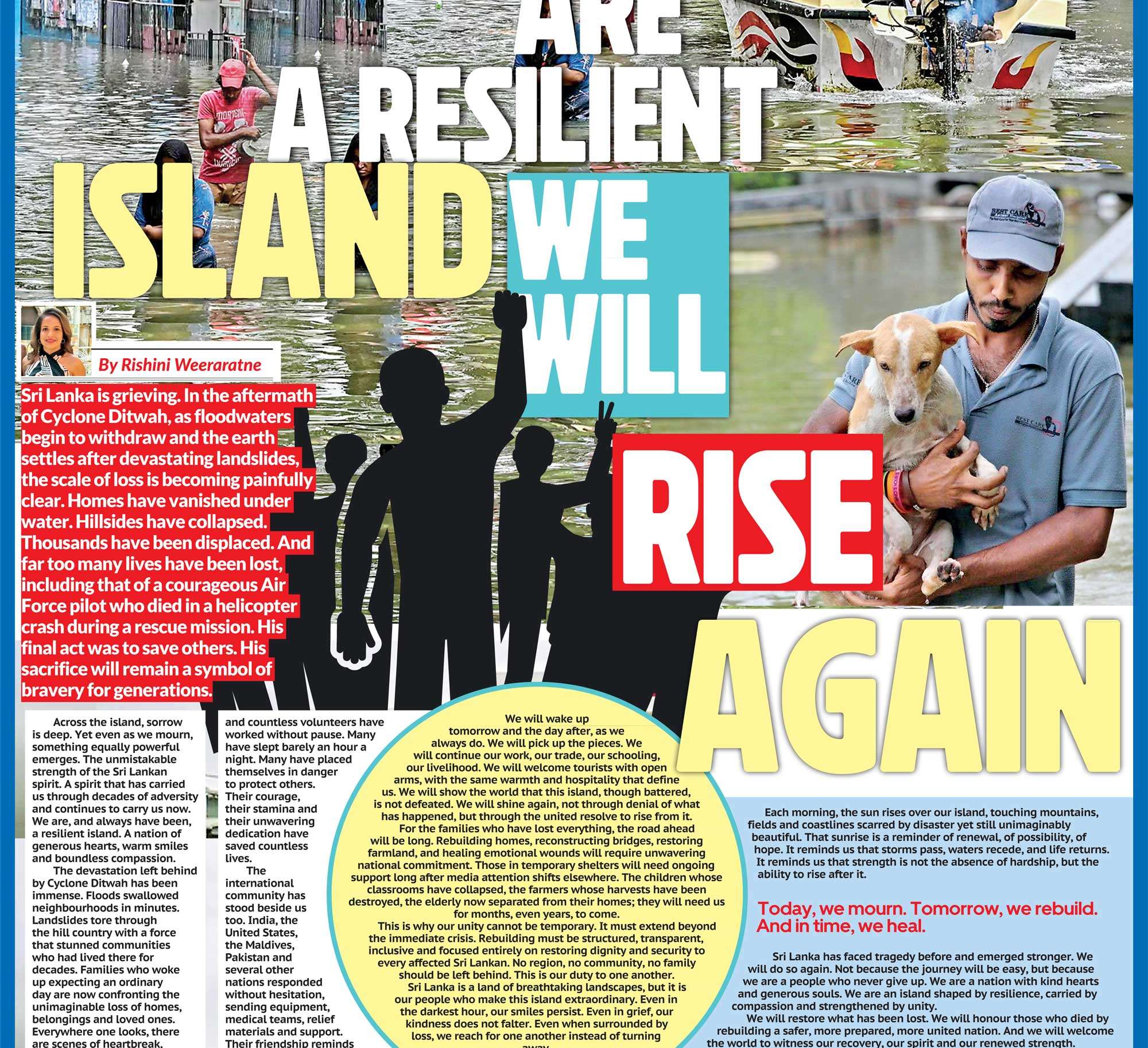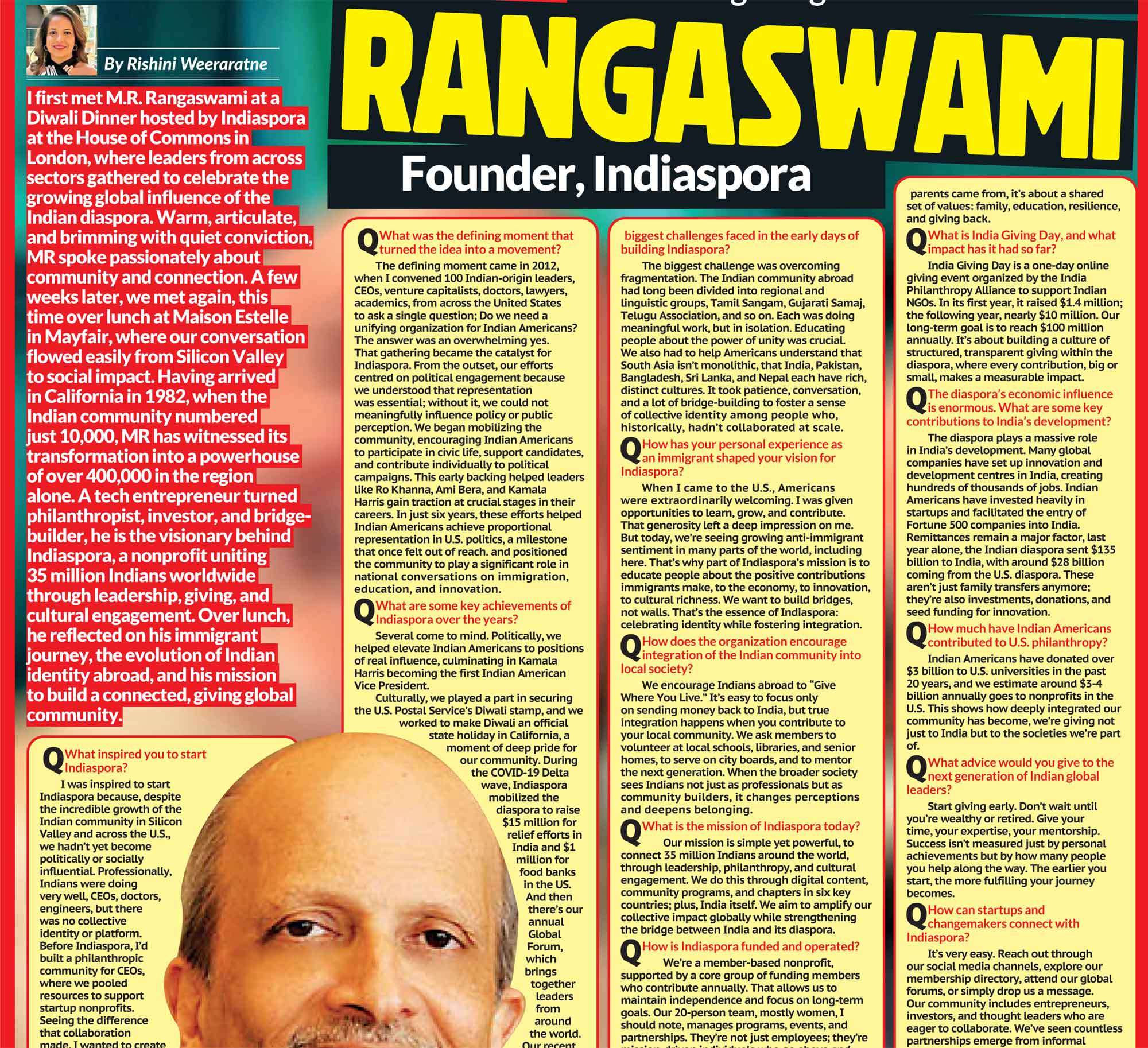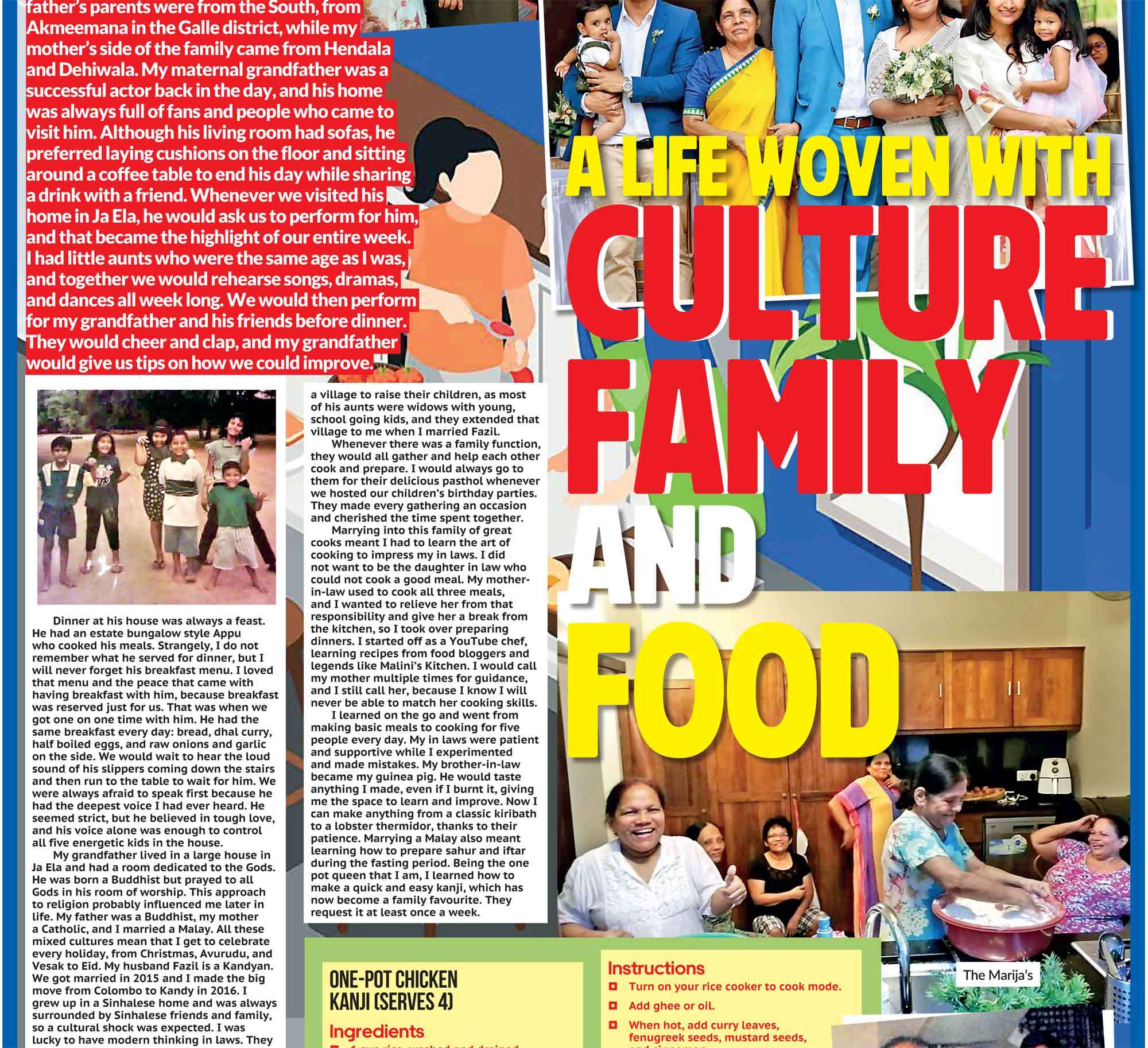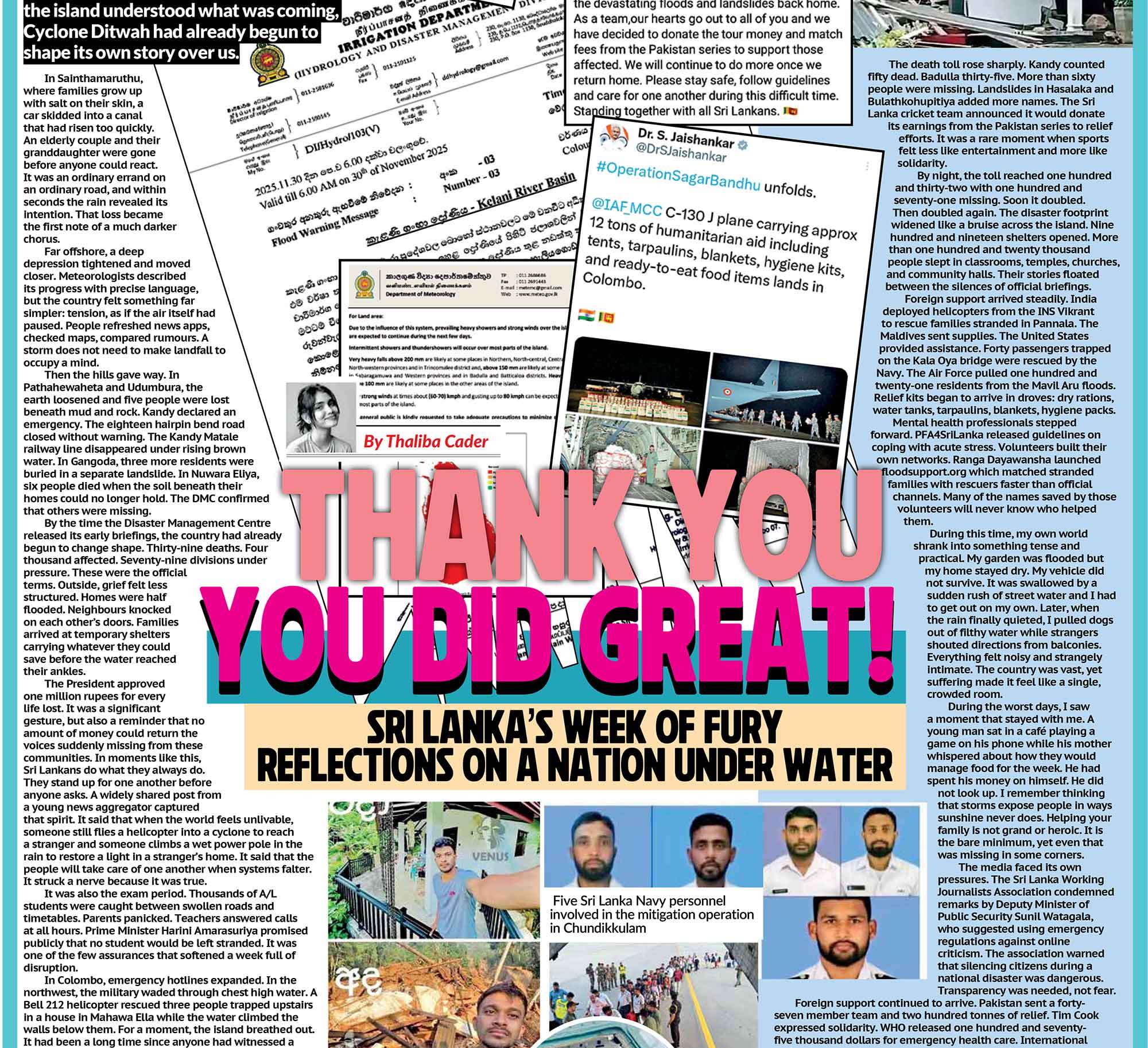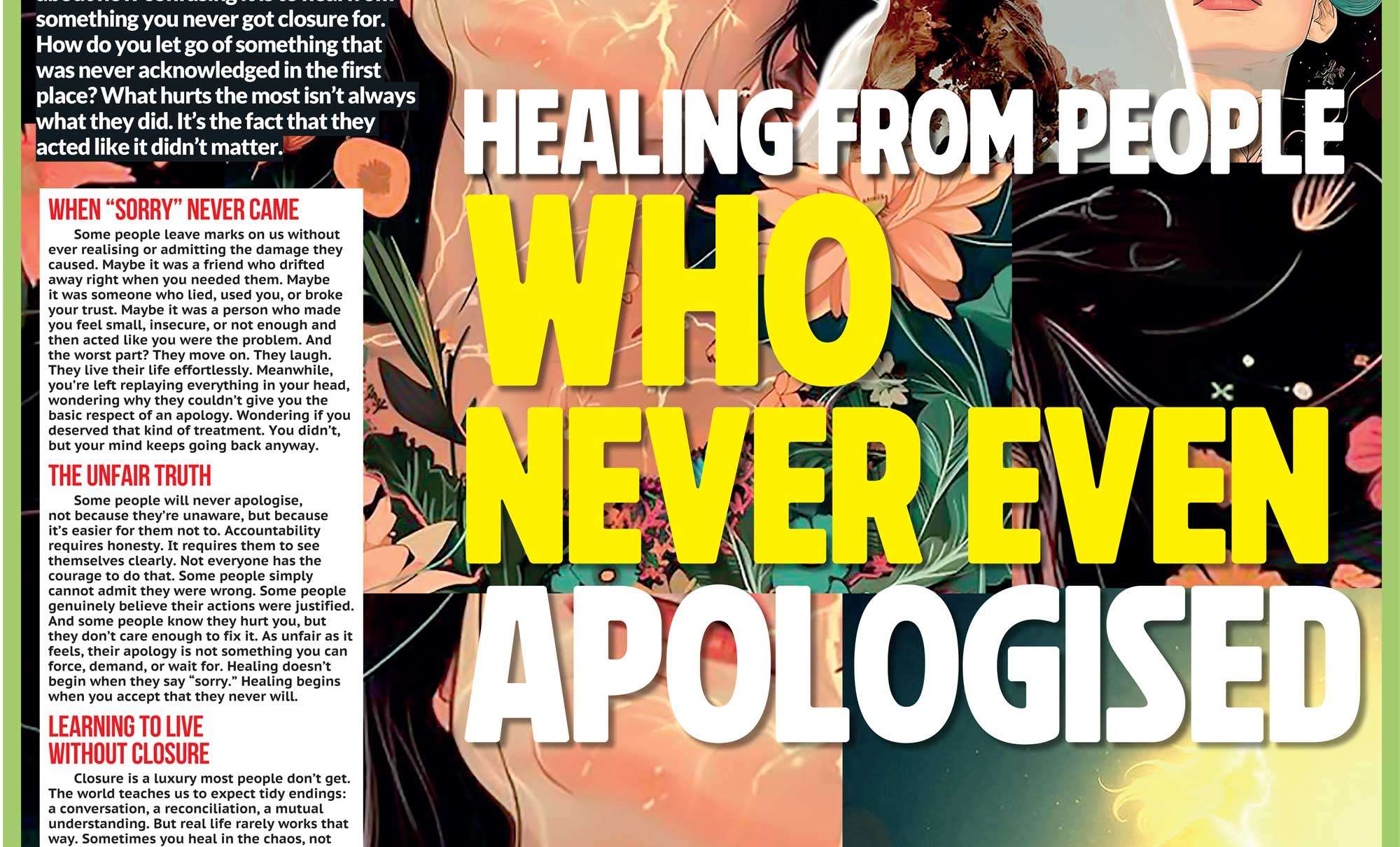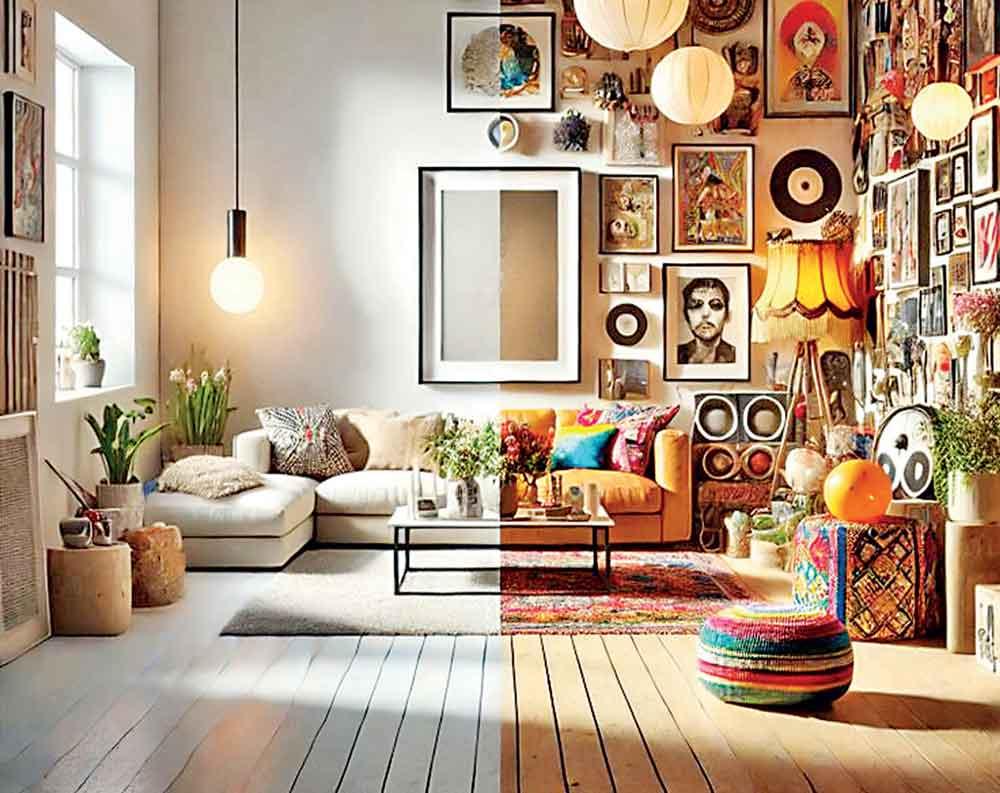
Once upon a time, the world flirted with colour. Pink was loud. Yellow was joy. Green was rebellion. And blue? Blue was the colour of soul, sometimes sad, sometimes infinite. But something changed.
Today, the world feels beige.
Scroll through Instagram and you’ll find it, influencers posing in oatmeal-toned outfits against bone-white walls, cafes painted in fifty shades of greige, apartments styled like minimalist sanctuaries. We now live in a visual climate where colour is not just optional it’s almost offensive. And behind that trend lies something deeper than good taste. It’s emotional. It’s cultural. It’s existential.
This isn’t just about aesthetics. This is about how we feel.
Beige as a Mood
The rise of minimalism as a lifestyle and aesthetic didn’t come out of nowhere. It emerged from chaos from years of overstimulation, cluttered lives, and constant noise. In the aftermath of that sensory overload, we were promised clarity through clean lines, muted tones, and empty spaces. The KonMari method told us to let go of what doesn’t “spark joy.” Scandinavian interior design taught us that fewer things mean more peace. And Pinterest told us that happiness came in “neutral tones only.”
But instead of peace, what we got was emotional flatlining.
Minimalism, once a protest against consumerist excess has evolved into a culture of avoidance. In our attempt to create calm, we’ve accidentally created numbness. And nowhere is this more visible than in our colour choices. Beige, taupe, off-white these aren’t just colours. They’re metaphors.
The Psychology of Colour (And Why We Need It)
There’s a reason hospitals used to be painted in pale greens and baby blues. Colours have power, not just to brighten rooms, but to shift emotional states. Red excites. Yellow energises. Green relaxes. Blue soothes. Studies in colour psychology have long shown that vibrant hues can uplift mood, stimulate the brain, and even affect heart rate.
So what does it mean when an entire generation is rejecting colour?
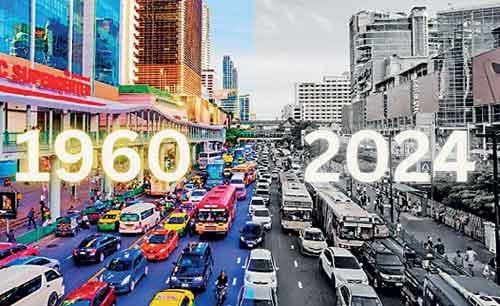
Perhaps it means we’re exhausted. Perhaps the grey reflects our burnout. The beige reflects our need for control. The empty white space mirrors how hollow we feel inside.
In fashion, monochromatic minimalism is everywhere. Office wear is now “quiet luxury,” code for greyscale fabrics and emotionless tailoring. In interior design, pops of colour are seen as juvenile or cluttered. Even tech, once obsessed with shiny blue icons and playful gradients, has embraced sterile, minimal UIs. We’ve designed the chaos out of our lives, and with it, the joy.
Minimalism is Not Neutral
Let’s not pretend colourlessness is objective or universal. What we call “minimalist” is actually deeply cultural, often rooted in Western design ideals that equate simplicity with superiority.
In contrast, traditional Sri Lankan homes (or Indian, African, and Latin American aesthetics) are bursting with colours, textures, and life. From intricate kolams to sari fabrics, colour has always been a part of how we live, express, and celebrate. But these are often dismissed in design spaces as “too much,” “too loud,” or “aesthetic clutter.”
Minimalism, then, isn’t just a style, it’s a subtle form of erasure. It tells us what kind of emotions are acceptable (calm, muted, controlled) and which are too much (vibrant, messy, loud). And just like that, it teaches us to edit not just our surroundings, but our identities.
The Capitalism of Calm
Of course, there’s profit in beige. Brands have figured out that people will pay for peace or at least the illusion of it. Entire companies are built on selling “calm aesthetics” pale-toned furniture, skincare with off-white packaging, clothing lines named after Scandinavian weather.
This isn’t calm. This is commodified numbness. We’re not buying simplicity; we’re buying the fantasy of an uncluttered life. We’re buying relief from emotional exhaustion. Ironically, the more colour we strip away from our spaces, the more we try to fill the void with purchases.
We are not calming down. We are coping and beige is our drug of choice.
Colour Was Never Just Decoration
In protest movements, in revolutions, in music videos, in streetwear colour has always been a symbol of resistance and identity. Pride flags. Saffron robes. Black armbands. Even the red lipstick that defied dress codes and patriarchy. Colour has always said something.
So when colour disappears, what else disappears with it?
Passion? Culture? Protest?
If everything is designed to look the same from people’s homes to their Instagram feeds what happens to self-expression? What happens to the messiness of living? We can’t breathe in curated beige boxes forever.
Reclaiming the Spectrum
It’s not that minimalism is inherently bad. There’s beauty in restraint, calm in simplicity. But when the aesthetic becomes a way of hiding a mask for emotional burnout or societal pressure to appear “put together” then we need to ask ourselves who we’re really designing for.
Reclaiming colour doesn’t mean living in a circus. It means giving ourselves permission to feel again vividly, unapologetically. It means painting your walls mango yellow if that makes you happy. It means buying the fuchsia dress even if it “doesn’t go with everything.” It means understanding that colour is not noise it’s a voice.
And the world is aching for us to speak again.
The Colour Revolution Starts at Home
We don’t need another beige living room. We need joy. We need art that explodes in every hue. We need street murals that don’t ask for permission. We need schools with walls that celebrate imagination, not mimic prisons. We need clothing that lets people be themselves, not disappear into uniformity.
Start small. Hang that wildly bright painting. Wear lime green. Light a candle that smells like a riot. Cook food that stains your fingers. Feel something.
Because the real danger is not in losing colour it’s in forgetting we ever needed it.
Final Thoughts: The World Isn’t Dying. It’s Just Desaturated
And we the artists, the dreamers, the writers, the rebels have to bring the palette back. Not just into our designs, but into how we speak, how we connect, how we live.
Beige may be trending. But colour will always be revolutionary.
